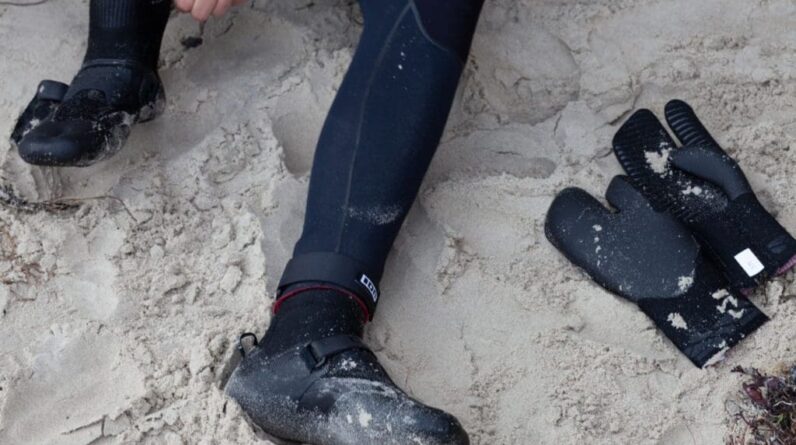
Looking for the perfect wetsuit booties to elevate your water sports experience? Look no further! This article is your ultimate guide to choosing the right size and style of wetsuit booties. Whether you’re a seasoned surfer or a casual beachgoer, finding the perfect fit and style for your water adventures is essential. From tips on selecting the right size to exploring the different types of booties available, we’ve got you covered. Get ready to step into the water with confidence and comfort as we navigate the world of wetsuit booties together.
A Guide to Selecting the Perfect Wetsuit Booties
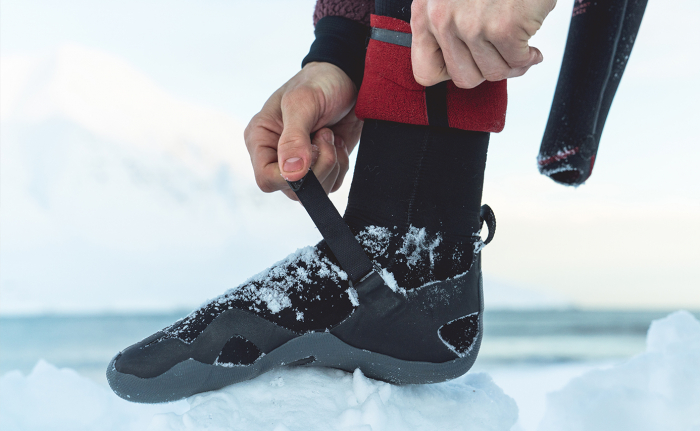
This image is property of cdn.watersportsoutlet.com.
Neoprene
When it comes to wetsuit booties, one of the key materials to consider is neoprene. Neoprene is a synthetic rubber that provides excellent insulation and flexibility, making it perfect for water sports. This material helps to keep your feet warm and protected from the elements, while still allowing for a comfortable range of movement.
Synthetic materials
In addition to neoprene, there are other synthetic materials used in the construction of wetsuit booties. These materials can vary in terms of thickness, durability, and performance. It’s important to choose booties made from high-quality synthetic materials that are designed to withstand the rigors of water activities.
Thickness
The thickness of your wetsuit booties is an important factor to consider, as it determines the level of insulation and warmth they provide. Booties typically come in three different thickness options: 3mm, 5mm, and 7mm.
A 3mm thickness is ideal for warmer waters or for individuals who prefer more flexibility and less insulation. It allows for better maneuverability and a lighter feel on your feet.
For slightly colder waters, a 5mm thickness can provide a good balance between insulation and flexibility. This thickness option is suitable for most water conditions and offers a moderate level of warmth and protection.
If you plan on venturing into extremely cold waters, a 7mm thickness is recommended. This extra thickness provides maximum insulation and is designed to keep your feet warm even in freezing temperatures.
Sole Type
The sole type of your wetsuit booties plays a significant role in determining the level of traction and grip you’ll have on wet surfaces. There are three main types to choose from: split toe, round toe, and no toe.
A split toe design provides enhanced grip and control, particularly when navigating through rocky or uneven terrain. The split toe allows for better dexterity and can give you a more natural feel while walking or engaging in water activities.
Booties with a round toe provide a more standard fit and are suitable for a wide range of activities. They offer a good balance between comfort and versatility, making them a popular choice among water sports enthusiasts.
No toe booties, as the name suggests, do not have a separate section for the toes. They provide a snug fit and are favored by individuals who prefer a more minimalist design. No toe booties are often used in sports where foot movement is essential, such as surfing or paddleboarding.
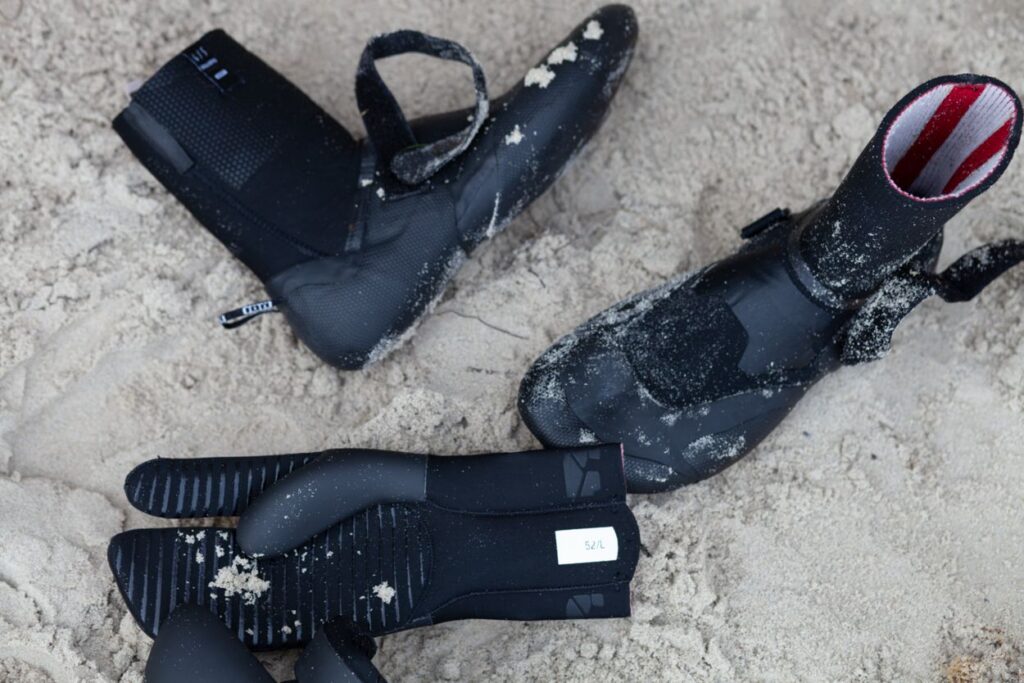
This image is property of thewatersportscentre.com.
Bootie Length
Bootie length refers to the height or coverage provided by the booties. There are three main options to consider: low cut, mid cut, and high cut.
Low cut booties are designed to cover just above the ankle. They offer a lightweight and flexible option, allowing for maximum freedom of movement. These booties are suitable for warmer waters or activities that require more agility.
Mid cut booties provide a bit more coverage by extending up to the calf. They offer increased protection and insulation, making them suitable for cooler waters or activities that involve more contact with the water.
High cut booties provide the most coverage, extending over the calf muscles. These booties offer the highest level of insulation and are recommended for extremely cold waters or activities that require prolonged exposure to low temperatures.
Fit
The fit of your wetsuit booties is crucial for both comfort and performance. Choosing the right fit can prevent blisters, ensure proper circulation, and allow for better control and agility in water sports.
A snug fit is generally preferred for wetsuit booties as it helps to minimize water entry and maintain warmth. Booties with a snug fit provide a secure feel and prevent unwanted movement, providing better control in the water.
On the other hand, some individuals may prefer a looser fit for added comfort and flexibility. However, it’s important to find the right balance, as a fit that is too loose can lead to water leakage, reduced insulation, and decreased performance.
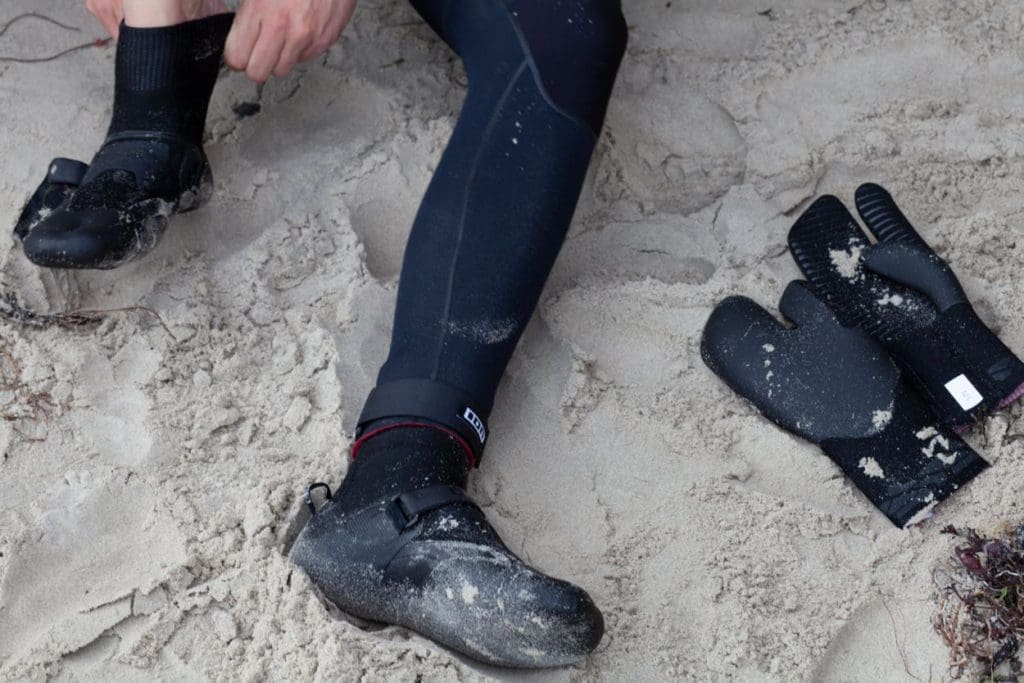
This image is property of thewatersportscentre.com.
Zipper Type
The zipper type of your wetsuit booties can affect the ease of putting them on and taking them off. There are two main options to consider: back zip and front zip.
Back zip booties have the zipper located at the back of the bootie. This type of zipper is easy to use and provides a secure closure. Back zip booties are a popular choice for individuals who prioritize convenience and simplicity.
Front zip booties have the zipper located at the front of the bootie. This design offers a more streamlined look and can provide a better seal against water entry. Front zip booties are favored by those who prioritize performance and water-tightness.
Seams
The seams of your wetsuit booties can affect their durability, comfort, and water resistance. Two common seam options are available: glued and blind-stitched, and flatlock stitching.
Glued and blind-stitched seams offer excellent water resistance and durability. This construction involves gluing the neoprene panels together and then stitching them, with the stitching not fully penetrating the material. This method creates a strong bond that minimizes water entry and enhances overall performance.
Flatlock stitching is another popular option, especially for booties used in warmer waters. This seam construction involves overlapping and stitching the neoprene panels, which can result in a more comfortable and flexible fit. However, flatlock stitching is not as water-tight as glued and blind-stitched seams.
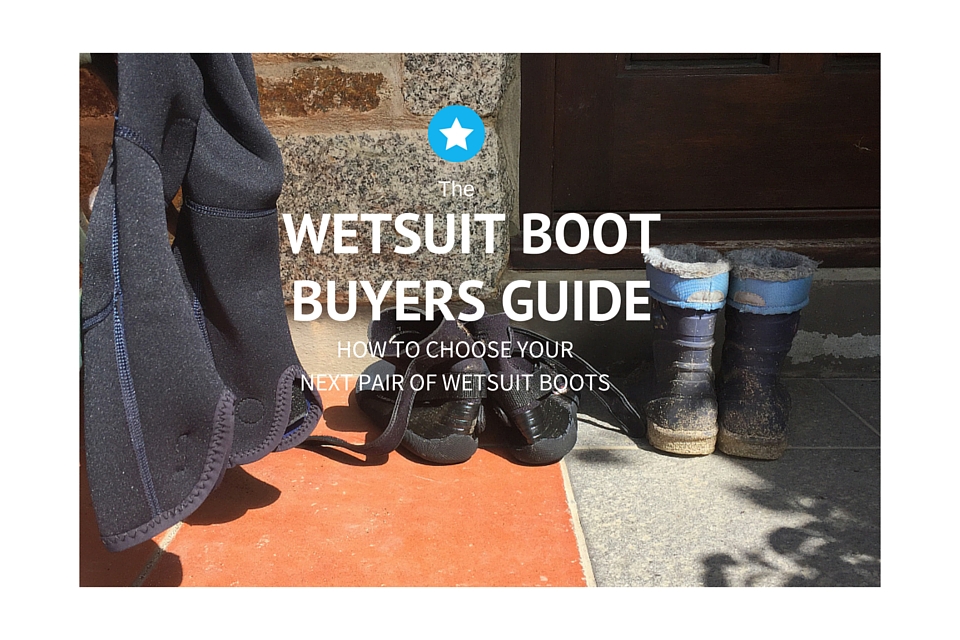
This image is property of www.surfacademy.co.uk.
Traction
The traction of your wetsuit booties is important for maintaining stability and preventing slips and falls on wet surfaces. Two primary sole options are available: rubber sole and grip-enhancing features.
Booties with a rubber sole provide excellent grip and traction on various surfaces, such as rocks, sand, and slippery decks. The rubber gripping pattern enhances stability and reduces the risk of accidents, ensuring a safer and more enjoyable experience.
Alternatively, some booties utilize specific grip-enhancing features, such as textured or patterned soles. These features offer additional traction and grip, even in challenging conditions. They can be particularly beneficial for water sports that involve quick movements or aggressive maneuvers.
Temperature Rating
Considering the temperature rating of your wetsuit booties is essential to ensure your feet stay warm and comfortable during your water activities. Temperature rating options usually include warm water and cold water.
Booties designed for warm water have thinner neoprene and provide less insulation. They are suitable for tropical or summer conditions where the water temperature is warmer. These booties offer more breathability and allow for better heat dissipation.
In contrast, booties designed for cold water have thicker neoprene and provide higher insulation and warmth. They are designed for colder climates or when water temperatures are low. These booties help to retain body heat and keep your feet protected from the cold.
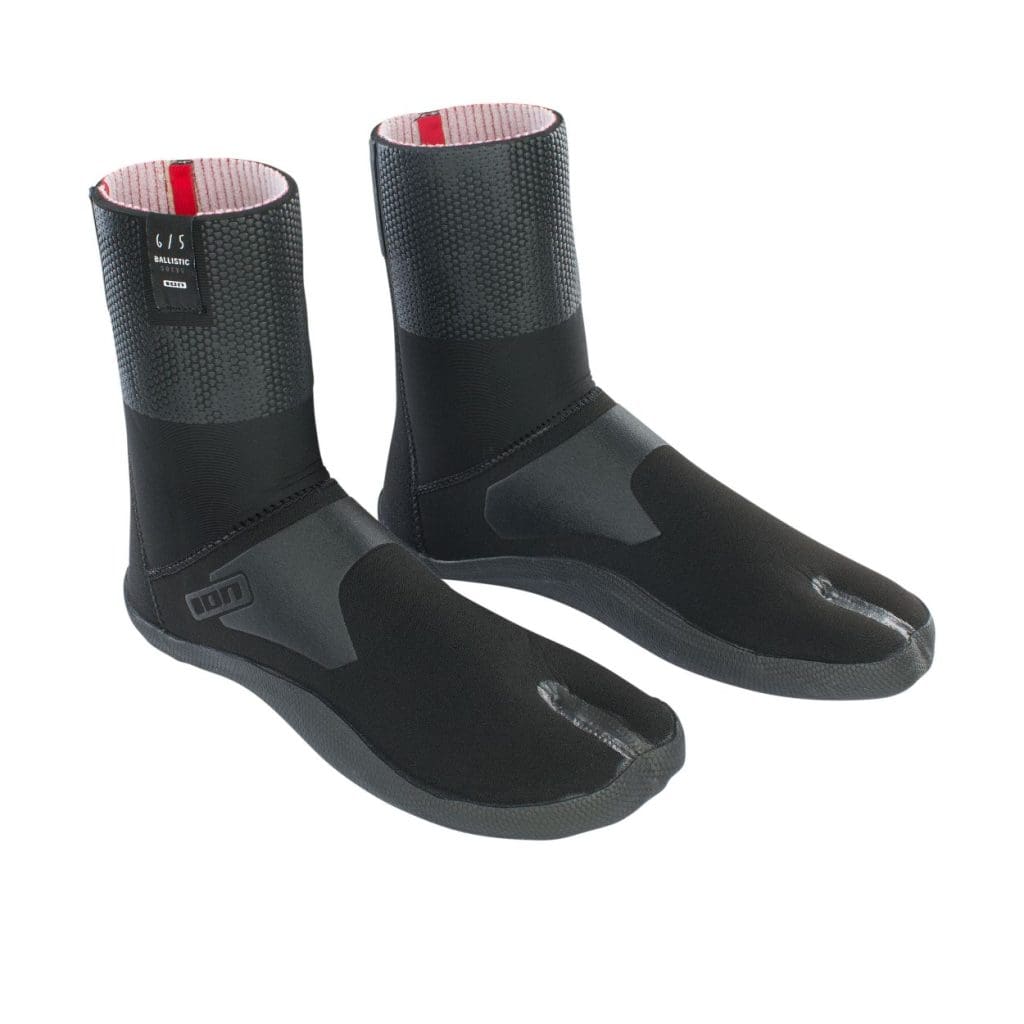
This image is property of thewatersportscentre.com.
Budget
Budget considerations often come into play when selecting wetsuit booties. The price range can vary depending on the brand, materials used, and additional features.
High-end options tend to be pricier due to their advanced construction, premium materials, and innovative features. These booties are typically designed for professional athletes or individuals looking for top-of-the-line performance and durability.
If you’re on a limited budget, there are still plenty of budget-friendly options available that provide good quality and functionality. These booties may not have all the bells and whistles, but they can serve the purpose of keeping your feet protected and comfortable during water activities.
In conclusion, selecting the perfect wetsuit booties involves considering various factors such as material, thickness, sole type, bootie length, fit, zipper type, seams, traction, temperature rating, and budget. By understanding your specific needs and preferences, you can choose booties that offer the right combination of comfort, performance, and protection, allowing you to fully enjoy your water adventures.





